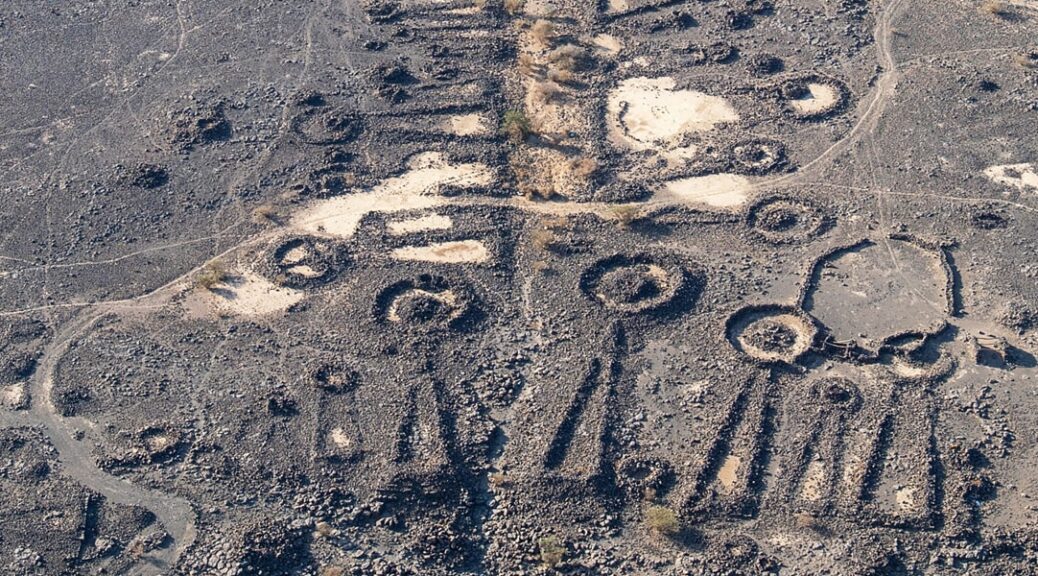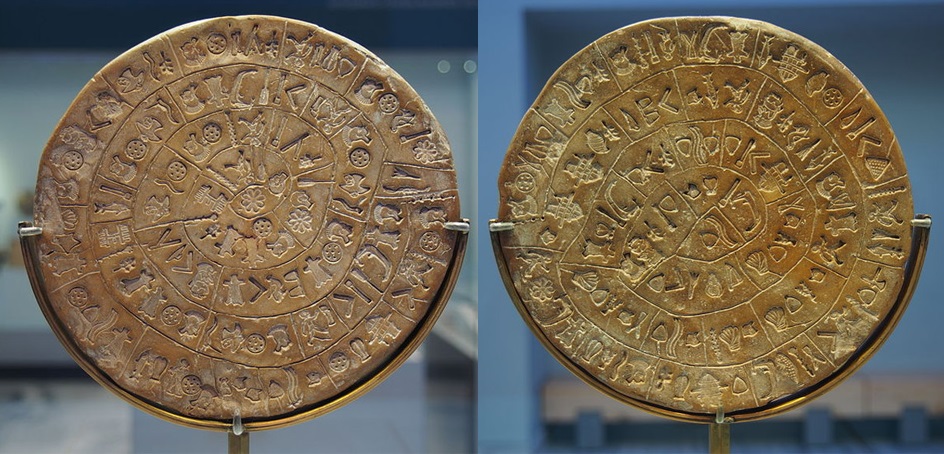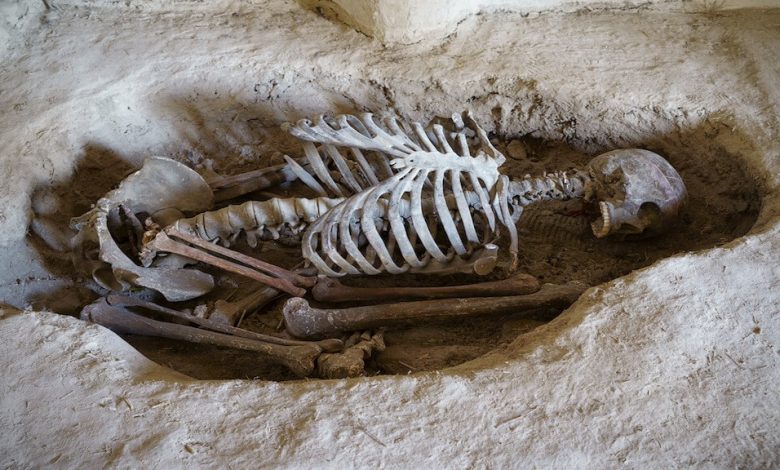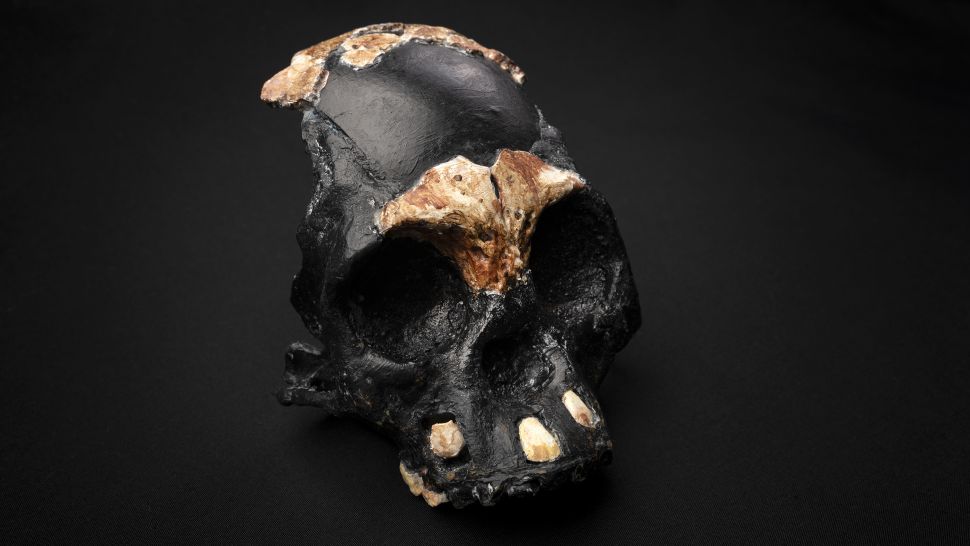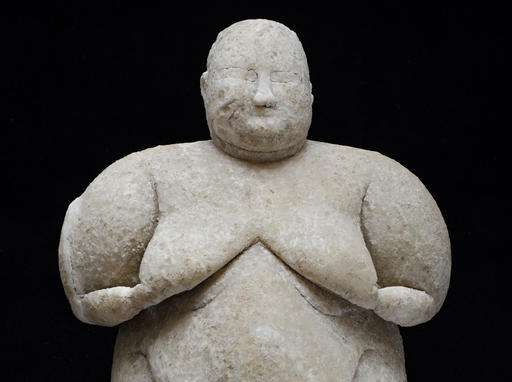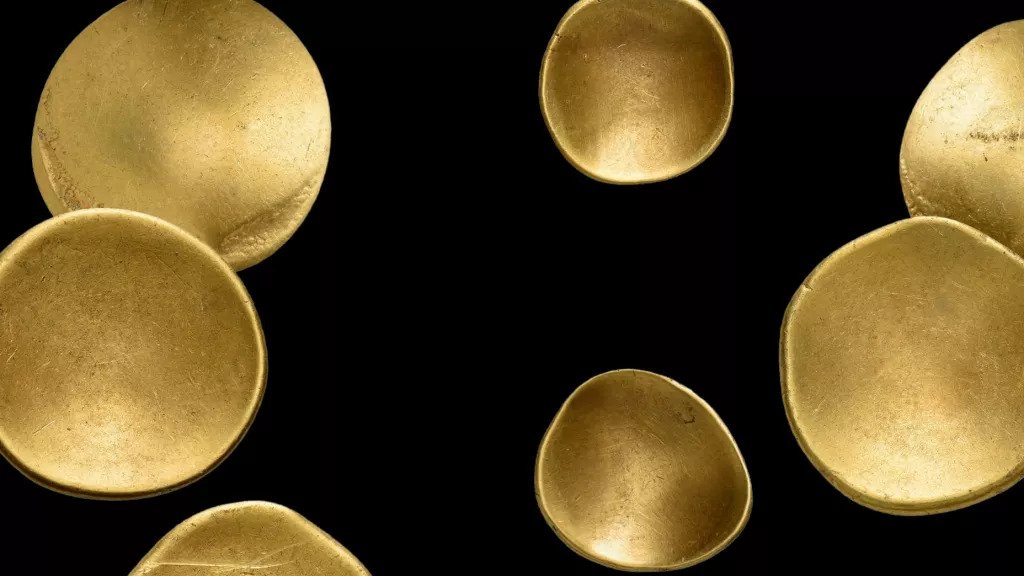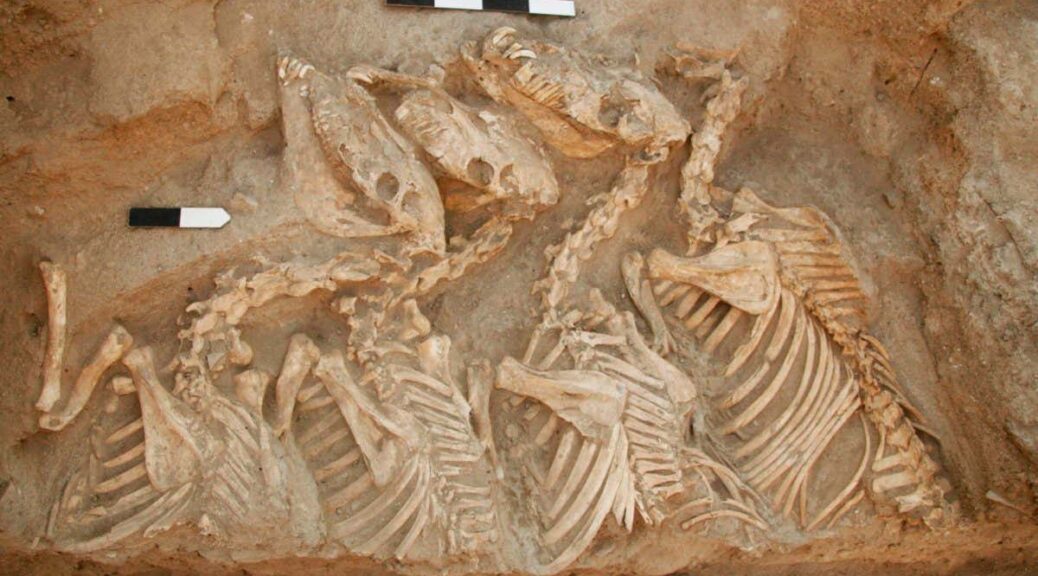4,500-year-old avenues lined with ancient tombs discovered in Saudi Arabia
A vast 4,500-year-old network of ‘funerary avenues’ lined with well-preserved Bronze Age tombs has been uncovered in Saudi Arabia. In a new paper, researchers detail the arrangement of around 18,000 tombs, spanning thousands of miles in the Saudi Arabian counties of Al-‘Ula and Khaybar.
They consist of small piles of stone arranged in elaborate shapes, marking the spot where either single individuals or small groups were buried, experts say.
The burials are described as ‘pendant’ tombs because they resemble circular pieces of jewellery attached to a chain, or ‘tail’.



Pendant tombs are already known to have yielded human remains dating to as early as the mid-third millennium BC, during the Bronze Age.
In total, the experts have observed around 18,000 tombs along ‘funerary avenues’ – long-distance ‘corridors’ linking oases and pastures lined by burials – only 80 of which have been sampled or excavated.
It’s thought that the tombs may have been built as memorials (‘cenotaphs’) or for other, as yet unclear symbolic or ritual purposes.
Dr Matthew Dalton, from the University of Western Australia’s School of Humanities, is the lead author of the findings. He and his team used satellite imagery, helicopter-based aerial photography, ground survey and excavation to locate and analyse the funerary avenues.
‘The people who live in these areas have known about them for thousands of years,’ Dr Dalton told CNN.
‘But I think it wasn’t really known until we got satellite imagery that just how widespread they are.’
Desert regions of the Arabian Peninsula and the Levant are known to be criss-crossed by innumerable pathways, flanked by stone monuments, the vast majority of which are ancient tombs. Thousands of miles of these paths and monument features, collectively known as ‘funerary avenues’, can be traced across the landscape, especially around and between major perennial water sources.
Funerary avenues were the major highway networks of their day, according to Dr Dalton. Their existence today shows that the populations living in the Arabian Peninsula 4,500 years ago were more socially and economically connected to one another than previously thought.
Researchers found that the highest concentrations of funerary monuments on these avenues were located near permanent water sources.
The direction of the avenues indicated that populations used them to travel between major oases, including those of Khaybar, Al-‘Ula and Tayma.
Lesser avenues fade into the landscapes surrounding oases, suggesting the routes were also used to move herds of domestic animals into nearby pastures during periods of rain.

‘These oases, especially Khaybar, exhibit some of the densest concentrations of funerary monuments known worldwide,’ Dr Dalton said.
‘The sheer number of Bronze Age tombs built around them suggests that populations had already begun to settle more permanently in these favourable locations at this time.’
READ ALSO: THOUSANDS OF HUMAN AND ANIMAL BONES HOARDED BY HYENAS IN LAVA TUBE SYSTEM, SAUDI ARABIA
Continued excavation and analysis of human remains within these monuments will be essential going forward, according to the researchers.
‘Primary inhumations, where identifiable and suitably preserved, may reveal the demographics of those for whom avenue monuments were originally constructed, allowing better reconstructions of these societies and their funerary practices,’ they say.
The findings have been published in the journal The Holocene.
